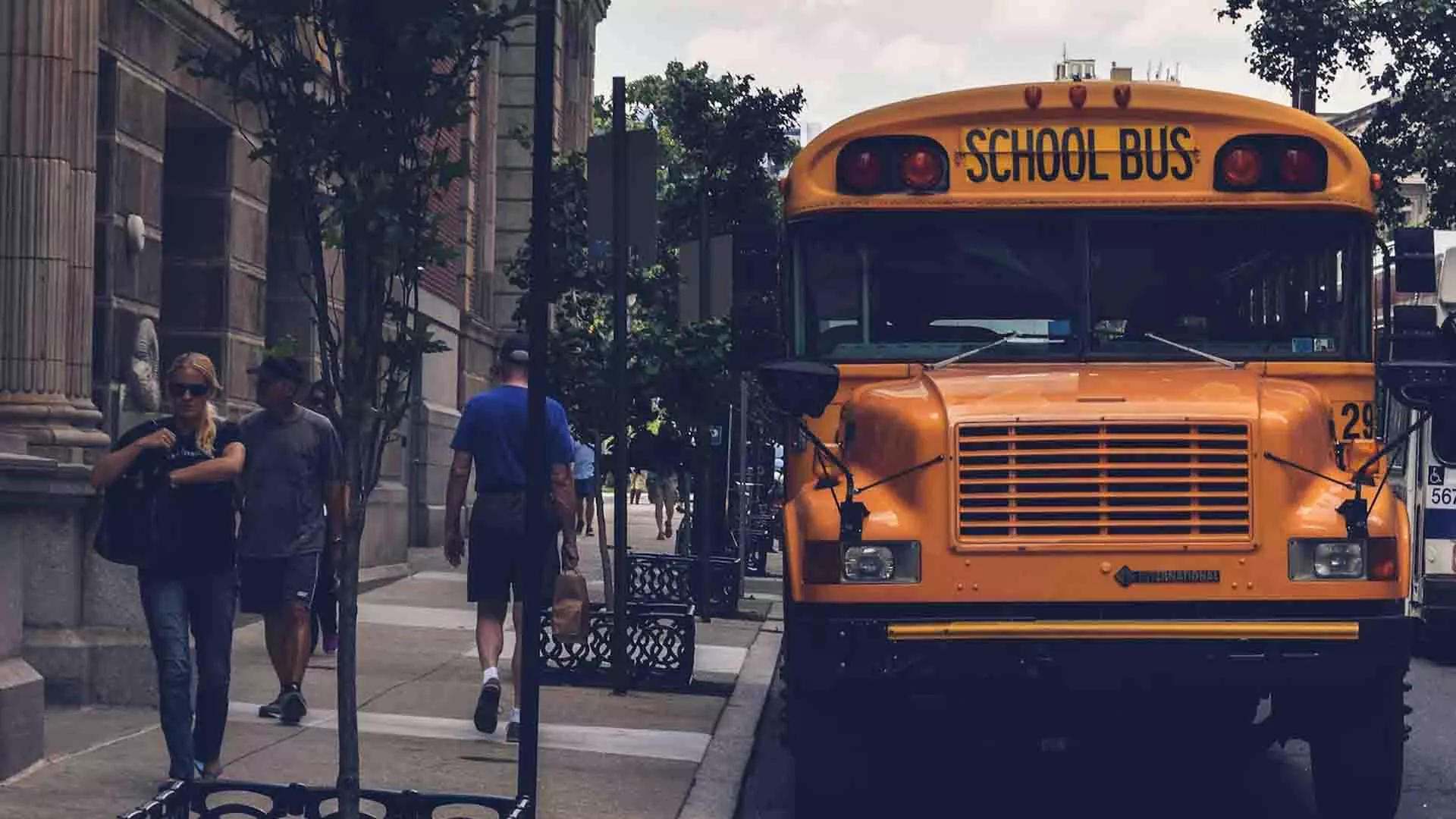We can answer your questions about “what is a charter school finance” for you right now. Publicly supported schools run by private organizations are known as charter schools. The name is derived from the “charter” that a group receives to run a school. Unlike traditional public schools, charter schools are not subject to the same state, local, and school district rules. Charter schools typically have more freedom than regular public schools to determine their own curricula, schedules, and rules. They also have more freedom to hire and fire instructors since they are not constrained by union contracts. They must adhere to responsibility requirements in return. Approximately 15% of charter schools nationwide have been shut down for doing so.
Let’s explain from the beginning for your questions about what is a charter school. State regulations governing charter schools differ, and some states don’t even allow them. In Minnesota, the first charter school development was passed in 1991. The quantity of charter schools and learners in the US has expanded dramatically during the last ten years. Presently, charter schools are attended by about 5% of all pupils in public schools. The ratio is substantially greater in some districts, especially Washington, DC.
Republicans and Democrats who support educational reform value charter schools’ greater flexibility to test out novel concepts and their ability to provide a top-notch education in troubled urban districts. Although they claim to support high-quality school choice in theory, teachers’ unions frequently have reservations about them in reality. Despite the well-publicized success stories, charter opponents contend that not all of them offer high-quality education, that accountability criteria aren’t stringent enough, and that too many pupils who are challenging to educate are excluded from charter school development. They occasionally are also run for profit. If you have questions about what is a charter school, we can answer your questions as CSFD.
How Do Charter Schools Get Their Money?
We continue to inform about what is a charter school. We can say the following for charter school finance. Charter schools receive funding from states and from the federal government with each student they enroll, just like regular public schools do. However, they receive less funding per student than a regular public school would in many states and counties, in part because several charter schools don’t get funding for infrastructure. In each state, and even within each state, there are significant variations in the ways and quantities that charter schools are supported relative to their district counterparts.
There are similarities and differences in charter school finance. The average funding per student in charter schools across the US is $6,585, which is 61% less than the funding per student at traditional district public schools, which is $10,771. Many charter schools do not get financing to pay the expense of obtaining a facility, in contrast to regular district schools. Conversion schools have already built-up capital, such as the school and its buildings. A few states offer startup schools capital aid, and some are able to occupy vacant district space, but the majority need rely on other, private means.
What Connection Exists Between School Vouchers And Charter Schools?
“School choice” is a larger movement that includes charter schools. The overarching idea is that families should have alternatives for their children’s education beyond the local public school. Although most advocates for school reform concur that parents and students should have options, they frequently disagree on the specifics of those options. Other options for giving parents and students choice include magnet schools, voucher programs, admission laws that let students attend any school in a county, and tax credits for tuition.
Even though various laws can provide some level of option, the term “school choice” is sometimes used primarily to refer to school vouchers, which let parents use tax dollars to send their children to private schools, especially religious institutions. Vouchers are not supported by many proponents of charter schools.
In Which States Are Charter Schools Permitted?
In 42 states and the District of Columbia, charter schools are permitted by law. State regulations, however, differ greatly regarding the number of charter schools that may operate there, who may grant a charter school authorization to do so, and whether for-profit charter schools are authorized. Although on a smaller scale, charter schools have already been present in suburbia and are now moving into rural areas. Because some charter schools are internet, kids can attend them from anywhere in the state.
Because suburban school districts are viewed as less troublesome than urban school districts, where charter schools have prospered, opposition to charter schools has historically been higher in such areas. 2011 saw a charter school debut in Montgomery County, Maryland, a rich suburb of Washington, DC.
Charter Schools With Research Examples
- 2019: The results of a 2009 research on the charter schools in New York City were even more striking. The study compared children who were admitted via lottery to city charter schools with those who were not. Students that were accepted saw an annual increase in their exam results compared to those who weren’t. By graduation, they had reduced the math achievement gap between underprivileged city kids and their wealthy suburban peers by 86%. They reduced the attainment gap in reading by roughly 66%.
- 2010: The Institute of Education Sciences of the Education Department revealed in a 2010 study that student performance differed greatly by school. The average performance of charter middle schools in raising student achievement was neither better nor worse. The study indicated that while low-income or underachieving kids benefited from charter schools, high-income or accomplished pupils fared worse than their counterparts in conventional public schools.
- 2013: According to a 2013 research by the Center for Research on Education Outcomes at Stanford University, pupils attending charter schools in 27 different states make reading progress more quickly than those attending regular public schools. Math was taught to students at a similar pace. Additionally, they discovered that compared to traditional schools, charter schools had superior outcomes for pupils of color and those from low-income families.
If you still want to know about “What is a charter school”, as CSFD, we will be happy to help you.
What is a Charter School and It’s Benefits?
A charter school is a public school that operates independently from the local school district, but still has to meet academic standards and performance reviews. A charter school offers students and parents a different choice of education within the public school system, with more flexibility and innovation in curriculum, teaching methods, and themes. A charter school can benefit students by providing them with more personalized learning, diverse learning environments, community engagement and preparation for college or careers.






